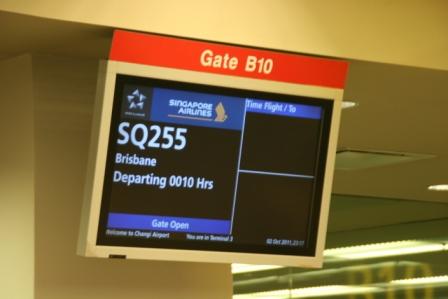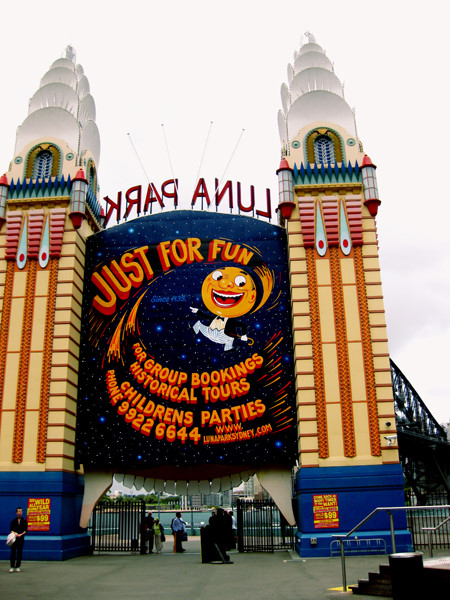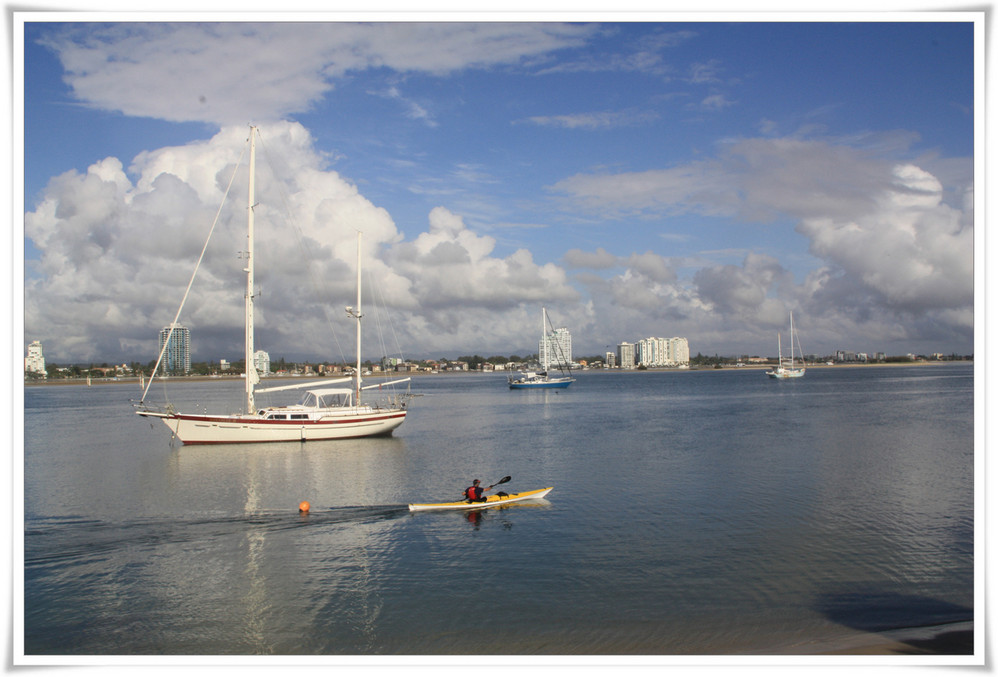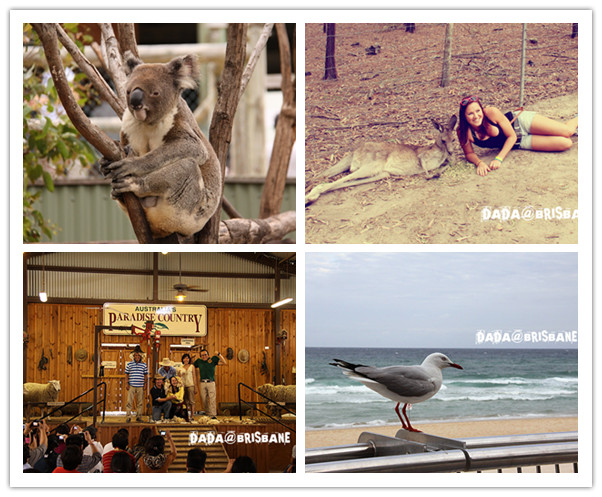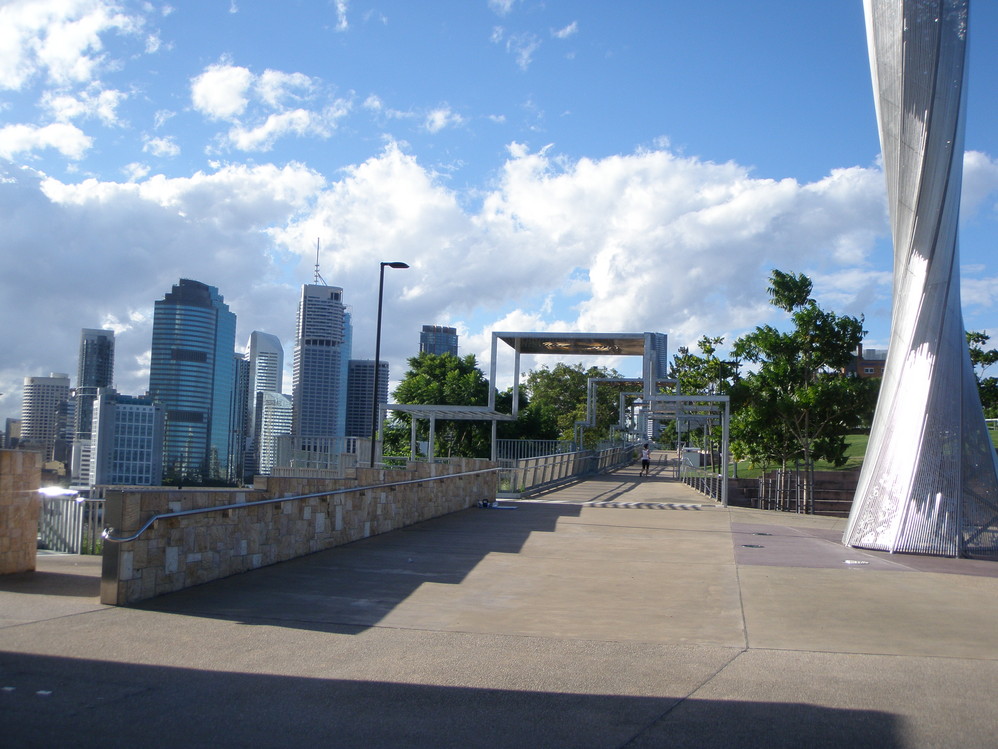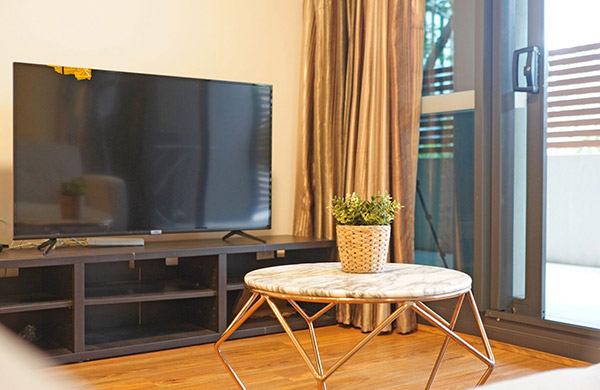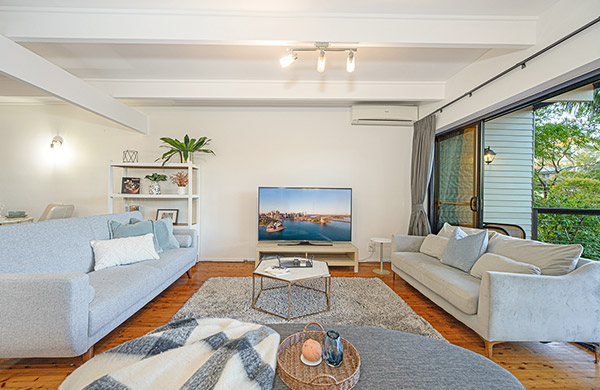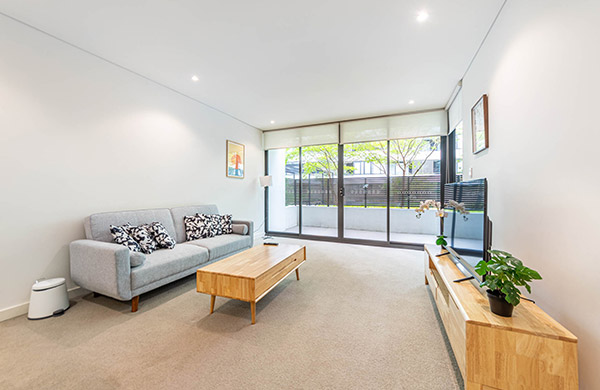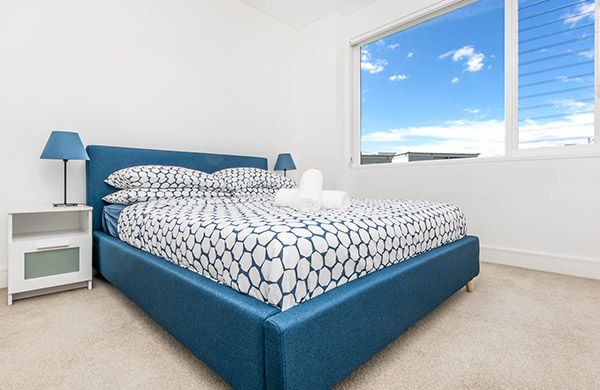Travel Guides and Stories
Wave Rock and "The Stolen Generation"
Today let's first look at this rock formation, which is quite remarkable and is said to be one of Australia's top ten natural wonders - you can judge for yourself whether that's true. A tip for viewing this post: try scrolling up and down with your mouse for an interesting effect. Take a look:
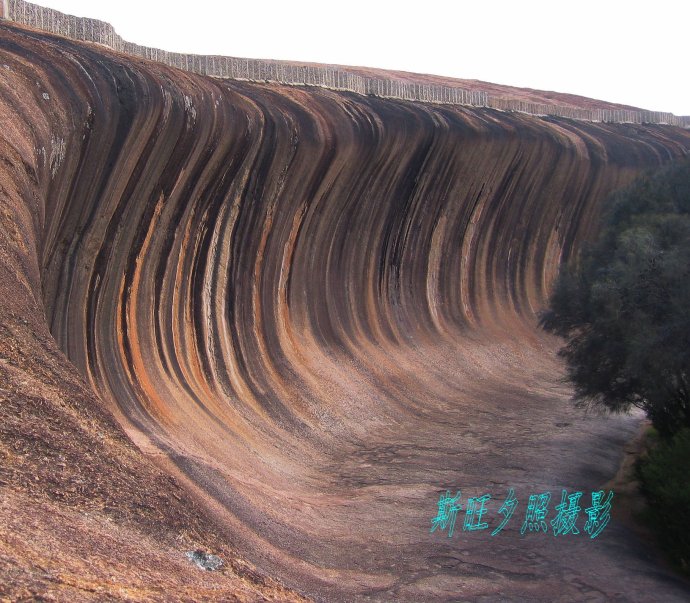
You don't need anyone to tell you the name of this rock formation - Wave Rock says it all. It's a frozen wave, truly one of nature's wonders. Let's take a look at Wave Rock from several angles.


Wave Rock is located about 340 kilometers east of Perth, the capital of Western Australia. The rock stands about 15 meters high and extends for 110 meters. The most widely accepted explanation for its formation is that it was originally a granite cliff, shaped over time by rainwater running down from the top creating the wave-like formation we see today.
I'll never forget my visit to Wave Rock. While the remarkable rock formation itself was one reason, another was my first close encounter with an Aboriginal Australian there - his gaze, his songs, and his stories left a deep impression on me.
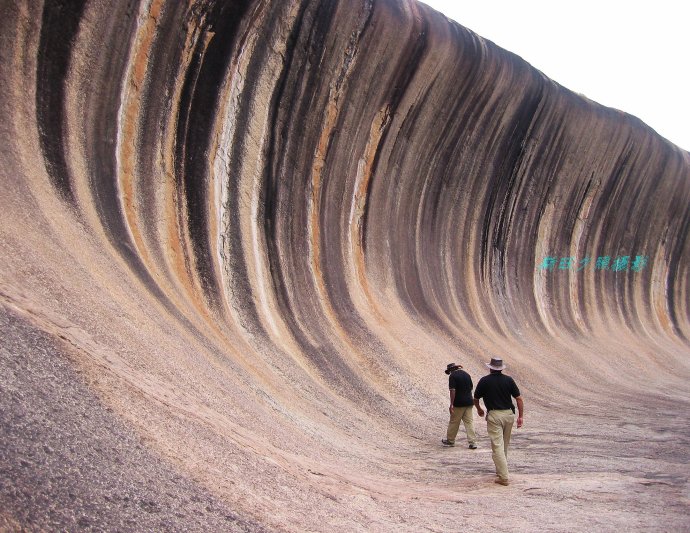
That time, after long periods of working day and night, I booked tickets to Wave Rock through a local travel agency. The night before, I had stayed up late at the Western Australia Chamber of Commerce annual ball, and dozed off again on the bus ride. I was still groggy when we arrived at Wave Rock, but the sight of those massive wave-like rock formations immediately woke me up. That's when I saw our guide - dark-skinned, wearing neat, black clothing, and though his cheeks were painted with traditional markings, he carried himself with a dignified manner unlike the Aboriginal people I'd seen in the city. His eyes held an intense gravity. Please forgive me for forgetting his name - let's just call him the guide.
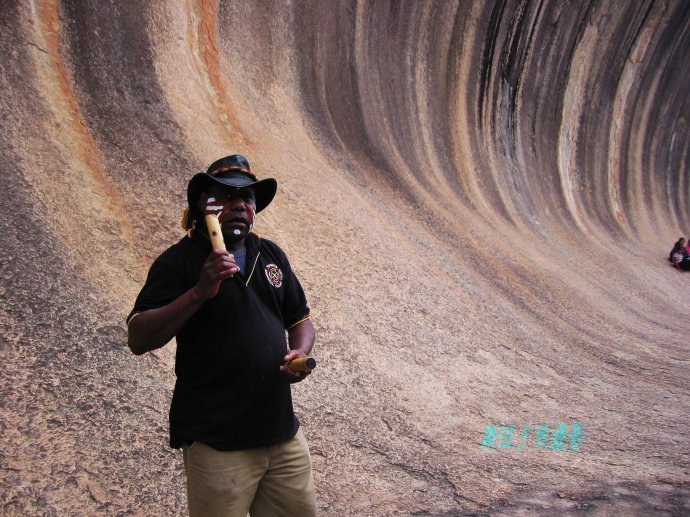
We followed the guide to the base of Wave Rock, and I felt like a surfer diving into waves - though of course, that wasn't actually the case. As we walked, the guide explained how the rock formation came to be. When we reached the middle of the wave, he stopped to let us take photos with the rock. Then, using two short wooden sticks like clappers, he began striking them together while singing a traditional Aboriginal song, occasionally touching his painted cheeks. After finishing, he translated the song into English, speaking very quickly. I only caught the general story: it was about a mother whose child was taken away, and she searched everywhere until she reached the cliff of Wave Rock. Exhausted, she wept at the cliff's edge, and her tears formed the ocean. The waves rose up and carried some to the sky, and the mothers of the stolen children became stars, their tears forming the waves we see.

As a mother of a lovely little girl, listening to this story, I could vividly imagine that Aboriginal mother crying in despair under the dark sky. As the group moved forward, I walked up to the guide and carefully said, "I'm from China" (first clarifying I had no connection to the white settlers), "was that a story about the Stolen Generation?" The guide's eyes softened as he looked at me and said, "Yes. And I myself am one of the stolen children. Now I run a base here at Wave Rock." I was shocked: "What? You're from the Stolen Generation? But... you seem so young." The guide explained that the history of the Stolen Generation continued until the 1970s.
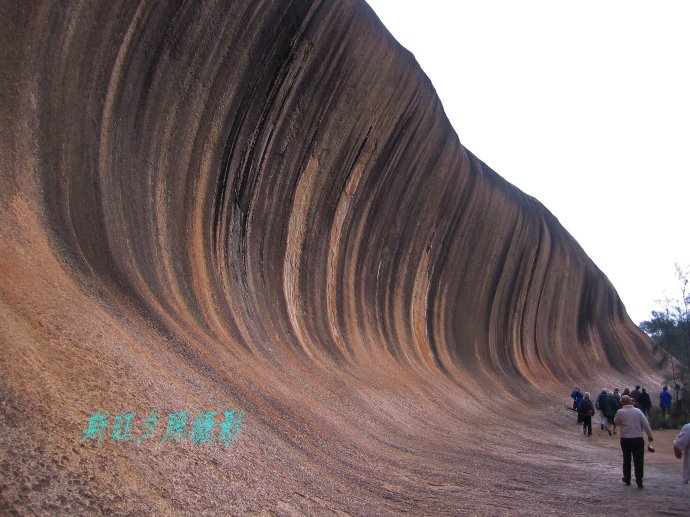
The Stolen Generation represents a dark chapter in Australian history. The earliest European settlers in Australia were mostly convicts, soldiers, and British farmers who had lost their land. There were very few women among these early settlers. This led to a significant number of mixed-race children born to European men and Aboriginal women. The arrogant British believed that Aboriginal people were too primitive to raise children properly, so they passed laws to forcibly remove these mixed-race children from their mothers and send them to white settlements for "proper education." Since these children were usually taken without their mothers' consent, often literally stolen away, they became known as the "Stolen Generation."
It wasn't until 2008, when Prime Minister Kevin Rudd took office, that an official apology was made to the families of the Stolen Generation. Last year, the Australian film "Australia" also touched on this historical period.

Well, since it's Children's Day, let's look at something more cheerful. This is our guide's restaurant, and this stove was learned from Aboriginal traditions. However, the restaurant has been quite Anglicized now.
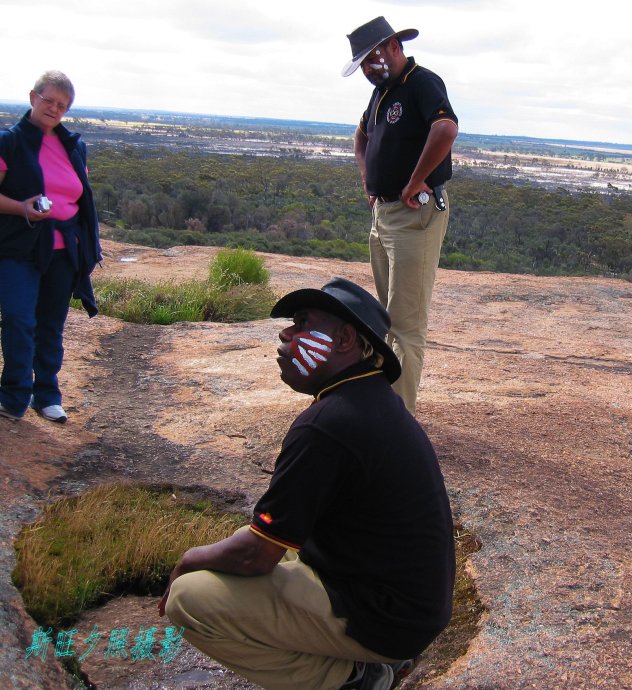
At the top of Wave Rock, the guide demonstrated how Aboriginal people found and protected their water sources. Look at how a small cluster of grass grows stubbornly on the rock - this usually indicates water beneath. The Aboriginal people would create cracks in the surrounding rock by burning wood next to it, allowing them to access the water. After collecting water, they would cover the rocks again to prevent animals from disturbing the source.
Finally, for added interest, let's look at a passage about the Stolen Generation from Jules Verne's "Captain Grant's Children" written over 100 years ago. You can see how the British colonial education worked, and how other Europeans viewed Britain's "civilizing" methods:
"Student Toline, stand up!" he said.
Toline was already standing, respectfully waiting for Paganel's question. "What are the five continents of the world?" Paganel asked - at that time, even geographers didn't know about Antarctica.
"Asia, Africa, America, Europe, and Oceania," the young Aboriginal replied without hesitation.
"Excellent. Now tell me, how is Oceania divided?"
"It is mainly divided into Polynesia, Micronesia, and Melanesia. The main islands are: Australia, belonging to Britain; New Zealand, belonging to Britain; Tasmania, belonging to Britain; Chatham, Auckland, Macquarie, Mackin, Malaki, etc., all belonging to Britain."
"Alright, alright! How is it that almost all of Oceania is under British protection?!" Paganel exclaimed, "I thought, on the contrary, that France..."
"What France?" the young Aboriginal asked in surprise.
"Is this what they teach you at Melbourne Normal School?"
"Yes, sir, isn't it correct?"
"Good, very good! They've taught you that they own all of Oceania. Let me continue with my questions."
The geographer's expression was half annoyed, half surprised. The Major watched with amusement.
The questioning continued.
"Let's talk about Asia," the geographer said wearily.
"Asia is a continent," Toline answered, "with its capital at Calcutta. Major cities include Bombay, Madras, Aden, Malacca, Singapore, Bangkok, Colombo; islands include the Laccadive Islands, Maldives, Chagos Archipelago, etc., all belonging to Britain."
"My good man, enough, my good student, let's discuss Africa!"
"Africa includes two main colonies: the Cape Colony in the south, with Cape Town as its capital; and British settlements in the west, with Sierra Leone as the main city." "Well answered!" The geographer, slightly relieved this time, began to accept this British-centric geography. "Taught quite well! As for Algeria, Morocco, Egypt... all removed from the British map. Now, I'd like you to tell me about America!"
"As for America! It's divided into South and North America. North America belongs to Britain, including Canada, New Brunswick, Nova Scotia, and the United States, with Governor Johnson as the local governor."
"Governor Johnson!" Paganel exclaimed, "The successor to President Lincoln! You know quite a lot! As for South America, places like Guyana, Georgia, Jamaica, Trinidad belonging to Britain have become indisputable facts, I already know, no need to mention. I wonder what your teachers say about Europe?"
"Europe?" Toline didn't understand why the geographer was so agitated.***
"Yes, Europe, who does it belong to?"
"Naturally to Britain," the child answered confidently.
"I expected as much, tell me more."
"Because Europe has England, Scotland, Malta, Jersey, Guernsey, the Shetland Islands, they all belong to Britain."
"Good, are there any other countries?"
"Other countries? I'm afraid not."
"What about Austria, Spain, Russia, France?"
"Those are provinces, not countries."
"This is absurd!" The geographer took off his glasses.
"Isn't it correct? The provincial capital of Spain is Gibraltar."
"Marvelous, absolutely marvelous! And France? Is France also a province of Britain?"
"Yes, sir, with Calais as its provincial capital."
"Calais belongs to Britain?"
"Of course."
The geographer burst into laughter, leaving Toline puzzled. He had tried his best to answer the questions, though his answers were so strange. But he never imagined they would be so absurd. While everyone was laughing, he remained unperturbed, solemnly waiting for the inexplicable laughter to end.
"Well, geographer, that opened your eyes, didn't it?" McNabbs said. "You're right, Major," Paganel replied, "See how well Melbourne's teachers teach! They've claimed the entire world as their territory. With such clever education, the local Aborigines have no choice but to submit. Ah, child, what about the moon, does the moon belong to Britain too?"
"The moon will belong to Britain in the future," the young Aboriginal replied seriously.
LIMITED TIME OFFERS
Related Apartments
Premium accommodations at exceptional prices.
Elevate your travel experience with our carefully curated holiday deals.
 Bank Street, Meadowbank NSW, Australia
Bank Street, Meadowbank NSW, Australia $150 - $250
-
1 Bedrooms
-
1 Baths
-
1 Guests
 Sailors Bay Rd, Northbridge NSW, Australia
Sailors Bay Rd, Northbridge NSW, Australia $280 - $550
-
4 Bedrooms
-
2 Baths
-
4 Guests
 Gale Street, Mortlake NSW 2137, Australia
Gale Street, Mortlake NSW 2137, Australia $150 - $250
-
2 Bedrooms
-
2 Baths
-
2 Guests
 Cabarita Road, Cabarita NSW, Australia
Cabarita Road, Cabarita NSW, Australia $155 - $190
-
2 Bedrooms
-
2 Baths
-
2 Guests

